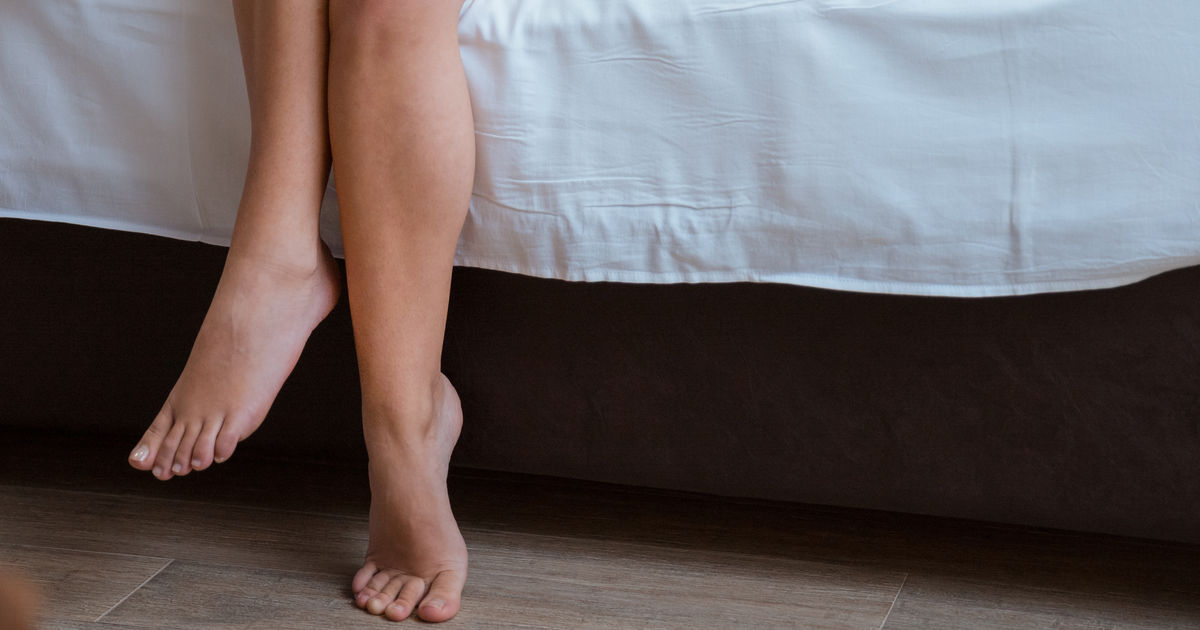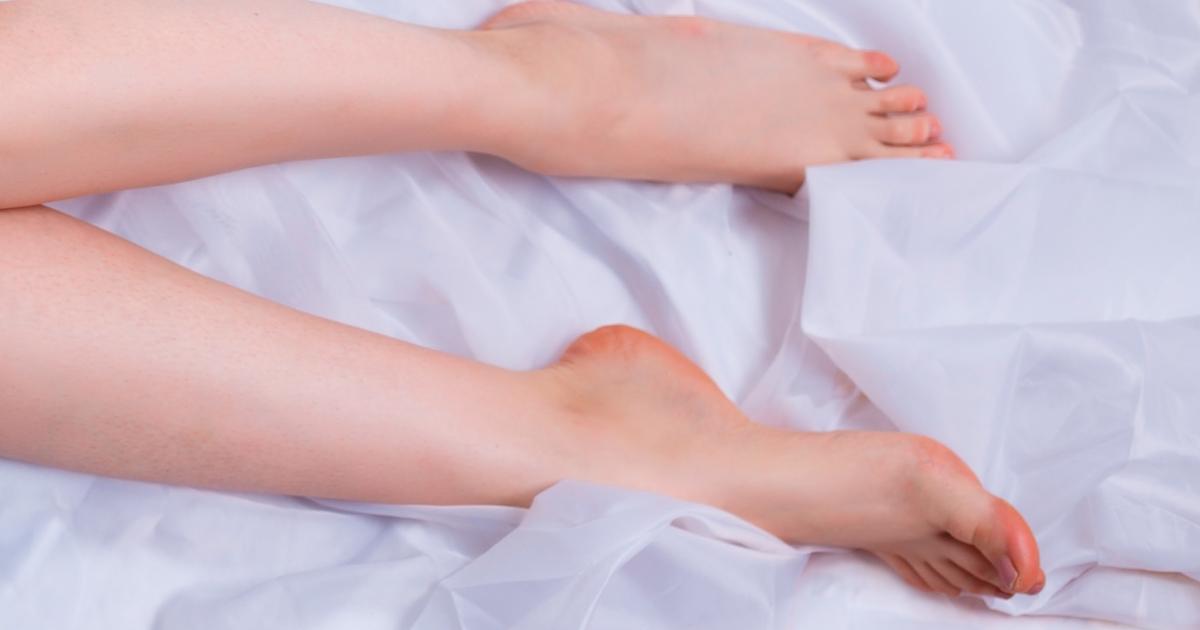Symptoms Of Restless Leg Syndrome
Worsened Symptoms In The Evening
The majority of restless leg syndrome patients experience worsened symptoms in the evening. Some might experience symptoms during the day if they've been sitting for a long time, especially if they work an office job. But some individuals might only experience symptoms when they try to sleep at night. Some experts believe this syndrome is caused by an iron deficiency in the brain, and others believe dopamine imbalances play a role. It's rare for individuals to experience symptoms of restless leg syndrome when they're actively moving or standing. However, when they sit down, lay down, or try to relax, the sensations might begin. The symptoms tend to become significantly worse when individuals lie down for sleep, though there are severe cases where they start experiencing the sensations earlier in the day. The first thing individuals can do if they know their condition is aggravated at night is to make sure they have the best sleeping environment possible. They should keep their room cool, stay under warm blankets, wear comfortable pajamas, launder the bedsheets, and make sure their mattress is comfortable.
Get more details on the major symptoms of restless leg syndrome now.
Twitching Legs At Night

Some restless leg syndrome patients experience twitching legs at night. This isn't necessarily part of the disorder, but it is a symptom that often accompanies it. Researchers refer to this as periodic limb movement disorder. It occurs when there is repetitive jerking or cramping of the legs when the affected individual is asleep. This can wake individuals up in the middle of the night, and the pain and discomfort can make it difficult to get back to sleep. If the symptoms are severe enough to cause serious sleep loss, patients might experience difficulty functioning during the day. Research has shown the symptoms of restless leg syndrome and periodic limb movement disorder both get worse when individuals are anxious. If individuals are experiencing a lot of stress, they need to introduce self-care measures to their routine. They should cut back on stressful situations where possible and introduce soothing activities to their day-to-day life. Patients might have flareups that get worse during times of stress, and they might find they become much less severe once they're less stressed.
Learn more about the warning signs of restless leg syndrome now.
